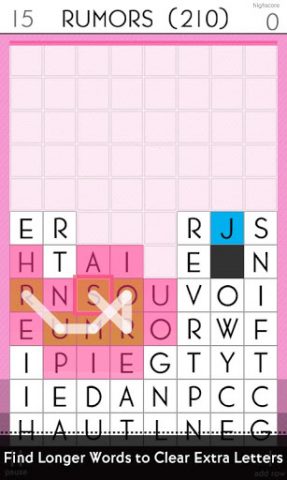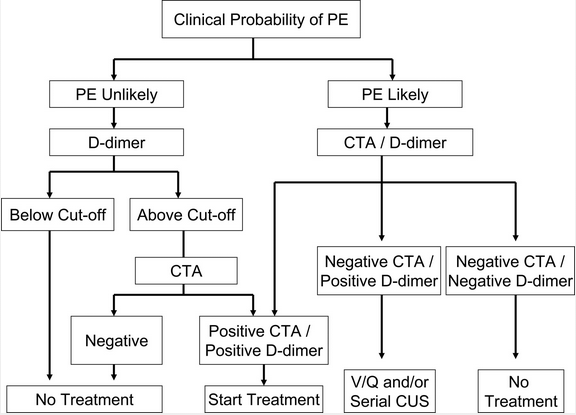

The ribbon at the very top links you to its Game Center leaderboards.

Swipe left to reach multiplayer mode (local only), and swipe right to reach the Options screen. SpellTower’s home screen shows you the four different game modes on different colored ribbons. Let’s see what all the buzz is about and take a good look at this furiously addictive word game.

The New York Times Magazine, IGN, Kotaku, and NPR Marketplace have all raved about the game, and it’s currently one of the top 50 paid apps available on the iPhone and the iPad. SpellTower has received a lot of great press since its release in early 2012.

Now, there’s a new challenger for the top word game spot: Zach Gage’s SpellTower. Zynga’s popular trio of “With Friends” games (Words, Hanging, Scramble) come to mind, as well as Hasbro’s classics (Scrabble, Boggle). The trics module implements several loss, score, and utilityįunctions to measure classification performance.When it comes to word games, iOS has plenty to choose from. scoring = confusion_matrix_scorer ) > # Getting the test set true positive scores > print ( cv_results ) > # Getting the test set false negative scores > print ( cv_results ) > from trics import fbeta_score, make_scorer > ftwo_scorer = make_scorer ( fbeta_score, beta = 2 ) > from sklearn.model_selection import GridSearchCV > from sklearn.svm import LinearSVC > grid = GridSearchCV ( LinearSVC (), param_grid = > cv_results = cross_validate ( svm, X, y, cv = 5. With non-default values for its parameters, such as the beta parameter for One typical use case is to wrap an existing metric function from the library Into callables that can be used for model evaluation. The simplest way to generate a callable object for scoring In such cases, you need to generate an appropriate Sometimes because they require additional parameters, such asįbeta_score. Many metrics are not given names to be used as scoring values, Metrics available for various machine learning tasks are detailed in sections The greater_is_better parameter to False ( True by default see the Into a scorer object using make_scorer, set Measuring a prediction error given ground truth and prediction:įunctions ending with _score return a value toįunctions ending with _error or _loss return a The module trics also exposes a set of simple functions Defining your scoring strategy from metric functions ¶ You can retrieve the names of all available scorers by calling The values listed by the ValueError exception correspond to theįunctions measuring prediction accuracy described in the following The model and the data, like an_squared_error, areĪvailable as neg_mean_squared_error which return the negated value Thus metrics which measure the distance between Scoring parameter the table below shows all possible values.Īll scorer objects follow the convention that higher return values are better Common cases: predefined values ¶įor the most common use cases, you can designate a scorer object with the Model_selection.cross_val_score, take a scoring parameter thatĬontrols what metric they apply to the estimators evaluated. Model selection and evaluation using tools, such as The scoring parameter: defining model evaluation rules ¶ Predictions, see the Pairwise metrics, Affinities and Kernels section. Visual evaluation of regression modelsįor “pairwise” metrics, between samples and not estimators or Mean Poisson, Gamma, and Tweedie deviances R² score, the coefficient of determination Defining your scoring strategy from metric functions The scoring parameter: defining model evaluation rules Metrics and scoring: quantifying the quality of predictions


 0 kommentar(er)
0 kommentar(er)
